
Chemical products used in the food industry include food additives, preservatives, and colorings. Food additives are used to enhance the flavor, texture, and appearance of a food product. Examples of food additives include emulsifiers, stabilizers, thickeners, sweeteners, and flavorings. Preservatives are used to extend shelf life and prevent spoilage. Examples of preservatives include sodium benzoate, potassium sorbate, and sodium nitrite. Colorings are used to improve the aesthetic appeal of food products. Examples of colorings used in the food industry include carotene, annatto and turmeric.

First, to improve food quality and meet people's needs for food flavor, color and taste; Second, increase the variety and convenience of food and develop new food resources; Third, it is conducive to food processing, making the food processing technology more reasonable, more hygienic and more convenient; fourth, it is conducive to meeting the special needs of different people and enhancing the personality characteristics of food; Fifth, it is conducive to the comprehensive application of raw materials.
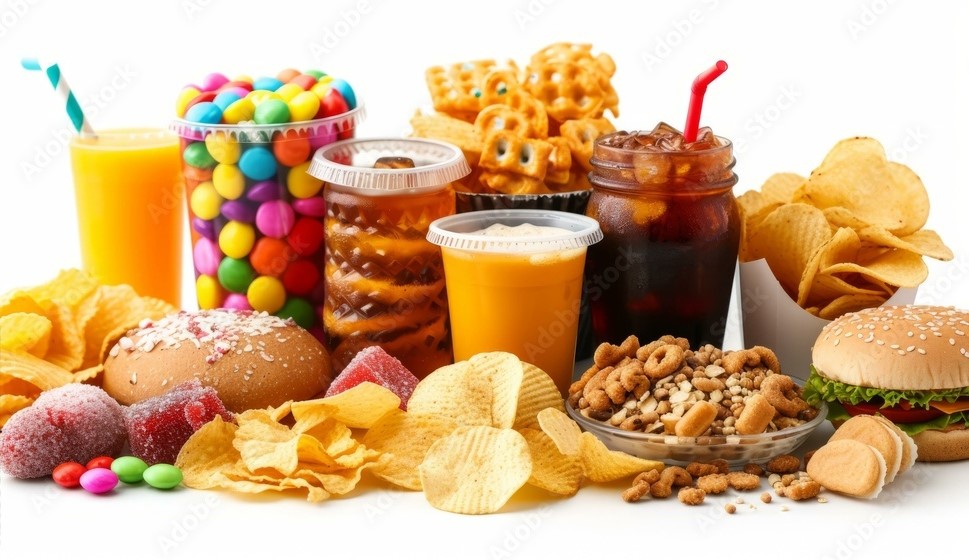

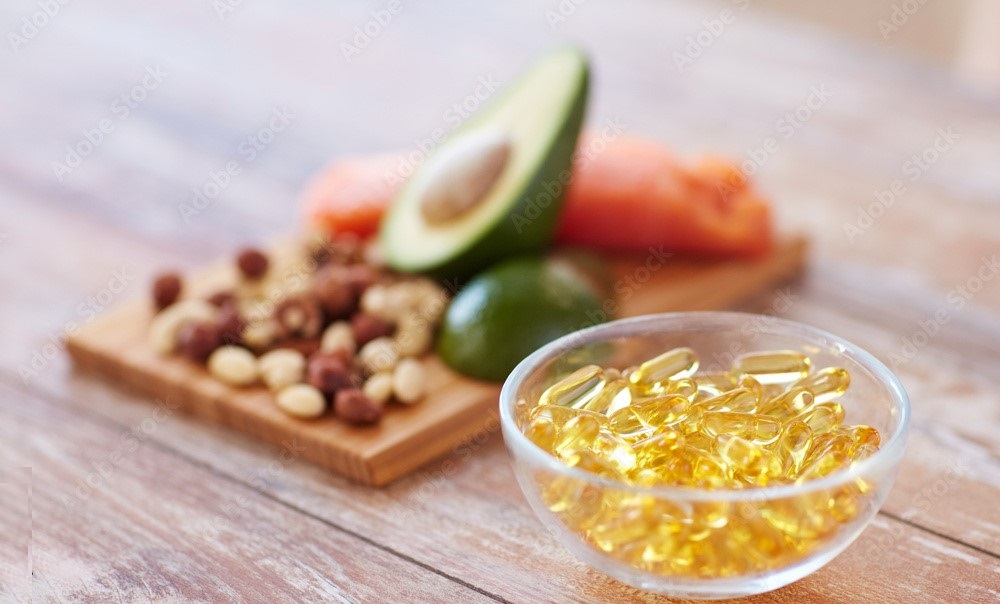
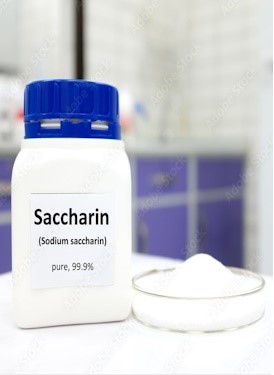
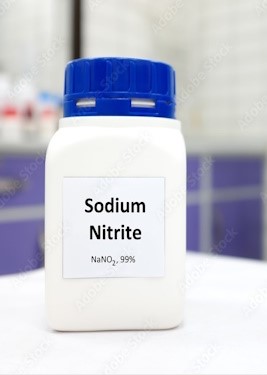
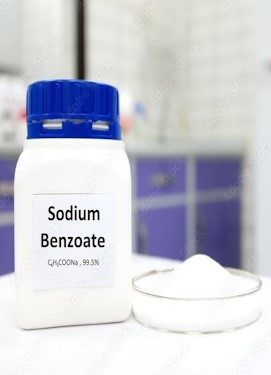
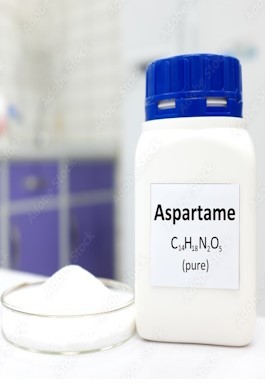
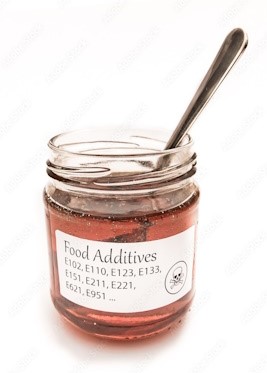
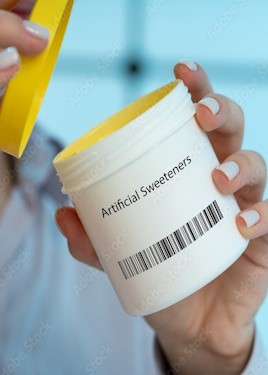
Flavors and fragrances are used to enhance the taste and smell of food, drinks, and other products. They can be natural or synthetic and are used to make products more appealing to consumers.
